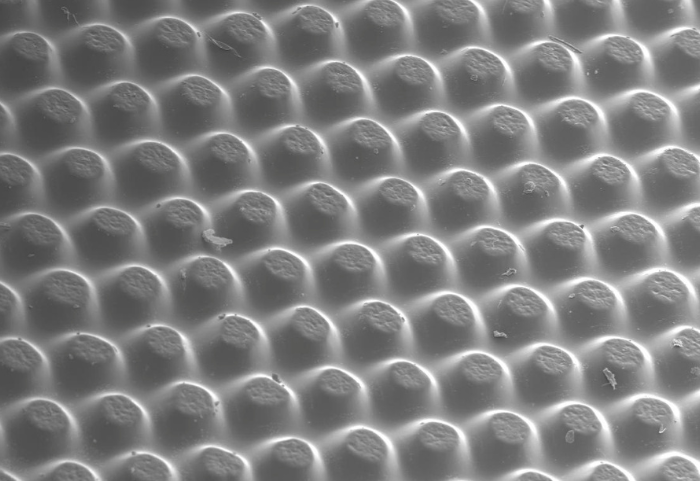Expand Your Knowledge
Our resource center archives our case studies, published articles, blogs, webinars, and image galleries. Discover ways microscopy has made a meaningful impact.

MVA Scientific Consultants provides ongoing investigative analytical testing services for a wide spectrum of industries. We work directly with pharmaceutical companies, medical device manufacturers, beauty product manufacturers, food and beverage manufacturers, industrial hygienists, engineering firms, environmental consulting firms, and many more. We can also work with other analytical labs. Whether we engage directly with you or through intermediaries, partnering with MVA makes it possible to expand testing services. We can assist with sample preparation, optical microscopy, electron microscopy, spectroscopy, method development, and feasibility studies.
By using microscopy and spectroscopy we are able to provide answers to many types of questions:
Microscopy is an analytical technique that uses microscopes to magnify objects or details that are too small to be seen with the naked eye. We use optical and electron microscopy to identify and characterize specimens. Optical microscopy uses light to illuminate a specimen and a system of lenses to magnify it. Electron microscopy uses electrons to illuminate a specimen and create a magnified image.
Spectroscopy is an analytical technique that is used to obtain spectra produced when matter interacts with or emits electromagnetic radiation. The spectra are used to identify and characterize specimens. Different spectra correspond to different materials.
For more information, please call us at 770-662-8509 or email us at info@mvainc.com.